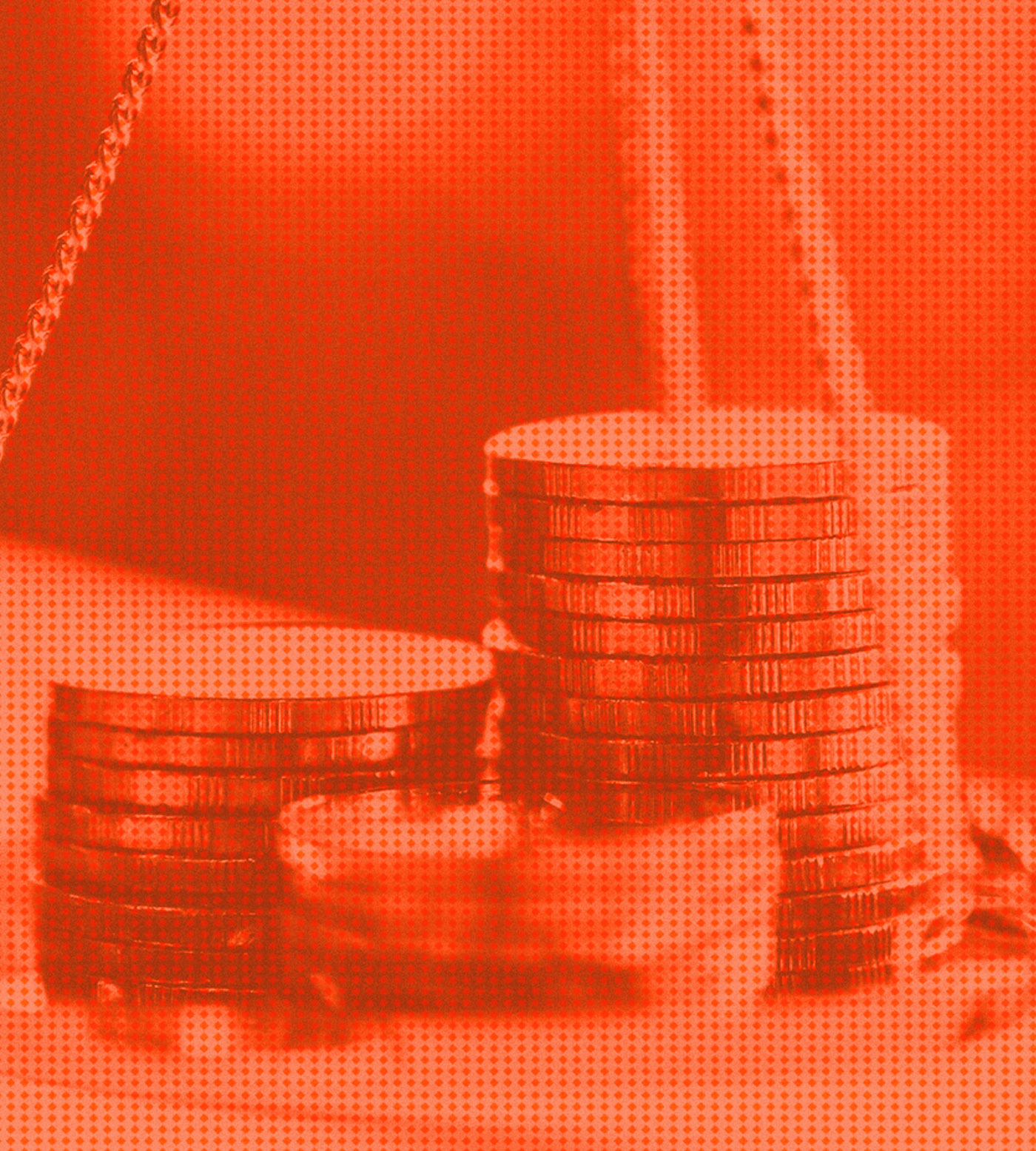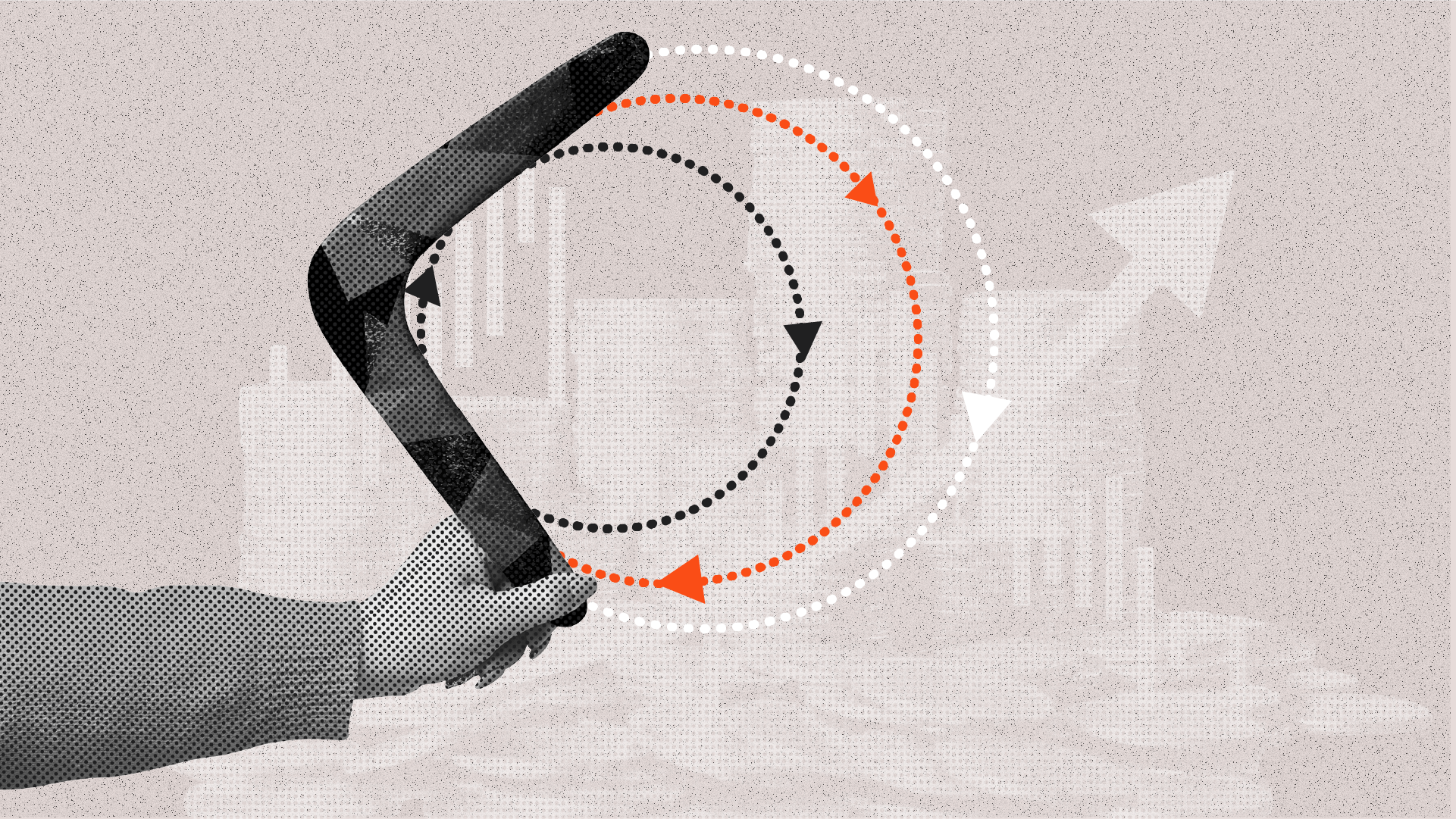

Ele de Vere
Ele de Vere is a Director at Betashares and responsible for the strategic direction and implementation of marketing, communications, and customer strategy initiatives. With a keen interest in markets and personal finance, Ele regularly contributes to articles, on podcast and speaks at events across Australia.
Maintaining items after purchase is something we do in many areas of our lives
Summary:
- After you’ve invested in an ETF, look out for the ‘trade note’ confirmation from your online broker which will contain your HIN number
- Check your letterbox for a welcome letter from the fund registrar if it is your first time investing – BetaShares’ fund registrar is Link Market Services
- Check your letterbox for a letter from the ASX called a CHESS statement
- Register your details online with Link Market Services for ongoing communication about your investments via email
A step-by-step guide to stay in touch with your investments
After you’ve invested in an ETF
Check your letterbox
In addition to the trade note, you’ll receive two letters in the mail – if this is the first time you’ve invested in the ETF, you’ll receive a welcome letter from the fund registrar (Link Market Services is BetaShares’ registrar) and a letter from the ASX called a CHESS statement.
CHESS stands for Clearing House Electronic Sub-register System. It is the computer system the ASX uses to keep track of your investment information and facilitate settlement of trades. At this stage, CHESS letters are not sent electronically, so you’ll continue to be sent these via paper post.
One of the most important steps in investment after-care is ensuring you’ve registered your details with the unit registrar. A unit registrar (such as Link Market Services or Computershare) is appointed by every ETF manager in Australia. In the case of BetaShares, our unit registrar is Link Market Services.
Link Market Services supports you as an investor by providing ongoing communication about your investments, recording your bank details (so you get paid any distributions), filing fund tax info (so you don’t pay double tax), and lots of other activity.
Unlike CHESS statements, you can receive notifications from Link directly to your email address. To enable this, provide your email address under ‘Communication Preferences’ so you receive information about your investment promptly when its issued.
We’re happy to assist BetaShares investors who wish to receive electronic communications.
Managing your investments is simple once you’ve got yourself set up – which is fast and easy to do.

Written by
Ele de Vere
Marketing Director
Ele de Vere is responsible for the strategic direction and implementation of marketing, communications, and customer strategy initiatives. With a keen interest in markets and personal finance, Ele regularly contributes to articles, on podcast and speaks at events across Australia.
Read more from Ele.

